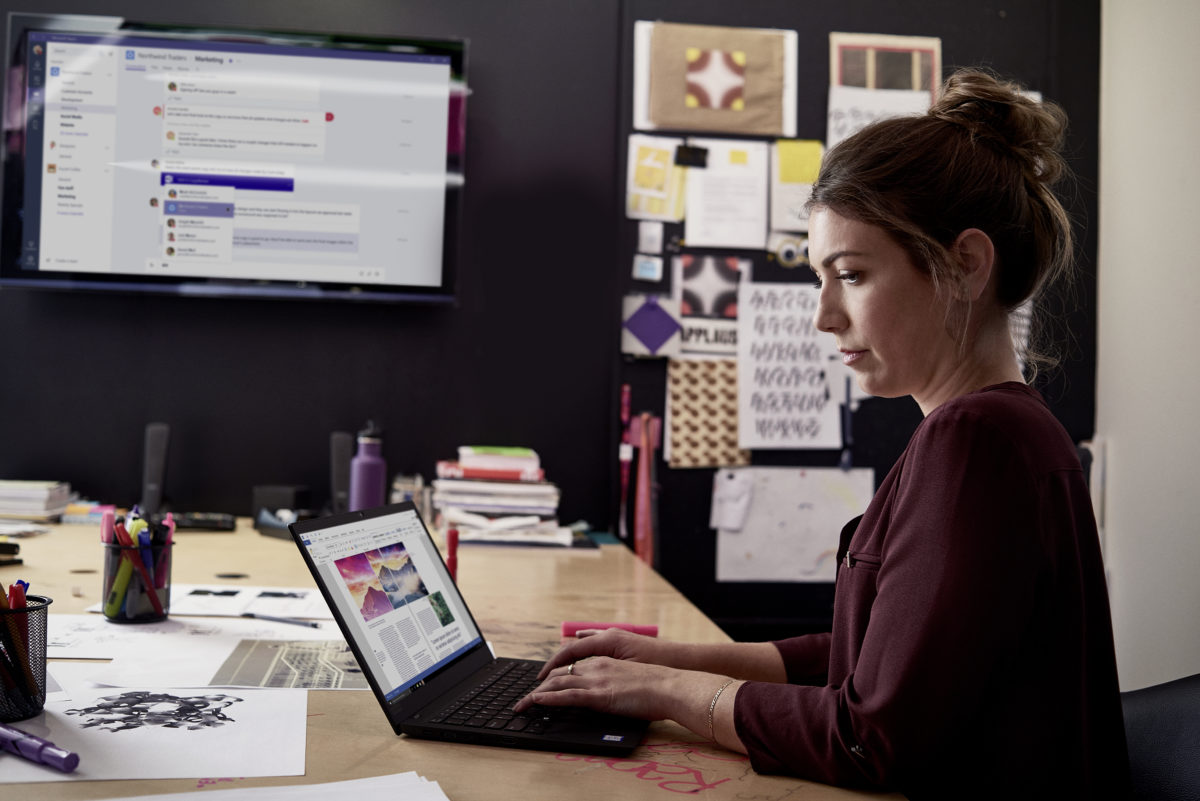Everyone has experienced days that are almost completely filled with meetings. Since business trips have become redundant due to the Covid-19 pandemic and you no longer need to plan in any travel time, it is very tempting to fill in the remaining gaps in your schedule with new tasks – and in the worst case, there is no time for lunch.
Is this the type of modern work we want to experience? Below we have put together some ideas and suggestions that can help to make your working day more pleasant.

Decisively Digital
Discover the power of artificial intelligence and digital transformation in the #1 best-selling business book Decisively Digital.
Buy on Amazon Learn More1. 5-minute breaks after meetings
A 5-minute break after a meeting can be incredibly revitalizing – especially when meetings are often back-to-back. Outlook gives you the option to automatically schedule meetings 5 minutes shorter:
Once you have shortened your meetings by 5 minutes, you need to make sure that everyone sticks to it.
2. Blocker for lunch breaks, daycare, etc.
To make sure nobody schedules a meeting during your lunch break, a lunch blocker can help you here. Just create an appointment series:
If all the colleagues in your team create a lunch blocker for the same time, it’s (almost) like having lunch together.
If you also have children who need to be taken to daycare, kindergarten, or school, an appointment series can serve the same purpose here. As it is usually possible to make calls while in the car, you can also leave a note with your phone number in the appointment series so that your colleagues know how to reach you when you’re on the road.
3. Chat und Call Etiquette
When pinging colleagues on Teams, don’t simply write “Hello”, as each message distracts them from their current task. While you are typing the remaining message, your colleague is very likely to wait until you have sent it. Even though it might seem impolite or even rushed at first, it is easier for your colleagues if you get right to the point. It is therefore a good idea to type the whole message and send it in one go.
The same goes for calls. Instead of pinging a colleague before calling them and typing “Hello” or “Hello, are you free for a quick call?” it’s better to give them some information beforehand, such as the topic and the estimated duration of the call. For example, you could write “Hello, do you have 3 minutes to discuss topic XYZ with me?” That allows your counterpart to estimate whether they can take the time for this particular call.
For more information on chat and call etiquette, check out this link: aka.ms/NoHello
4. Reduce meetings
To reduce the number of meetings you need to attend, it is helpful to ask yourself the following questions before sending out meeting invites:
- Can the question be clarified by chat or email?
- Is this matter urgent or can it wait until the next regular team meeting?
- Do we really need to involve everyone or are fewer participants enough?
Each meeting should be critically questioned and the most important meetings prioritized. Before attending a meeting, it helps to ask yourself the question: Do I have an active contribution to make to the meeting, or do I only need to read the meeting minutes?
5. Using AI-based technologies
Do not hesitate to actively leverage AI-based technologies. MyAnalytics gives you the option to automatically block focus times. With just one click, not only dedicated times can be blocked for you, but these blockers also automatically change your status on Teams to “Don’t Disturb”. Thus you can simulate, for example, your travel times. More information about the features of MyAnalytics can be found by following this link.
Outlook also gives you various options that can help you save time and focus on the essentials. You can use email rules to automatically move mail to different Outlook folders. For example, you can determine that all cc messages are placed in a separate folder. That allows you to dedicate time to reading these messages as required. The goal is that at the end of the day your inbox is empty (zero-inbox policy) so that you can start afresh the next day. You can also deactivate Outlook push notifications so that you are not distracted by pop up notifications during important activities.
What are your ideas for a more productive workday? We’d like to read your suggestions in the comments below.
Written by Sophia Cullen and Alexander Loth. This post is also published on LinkedIn. Also, this post has influenced some of the thoughts in our new book, Decisively Digital (www.decisivelydigital.org).




